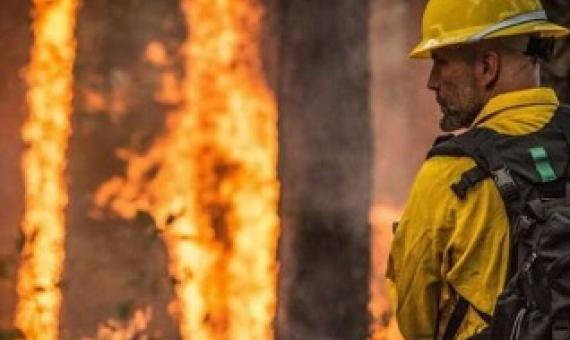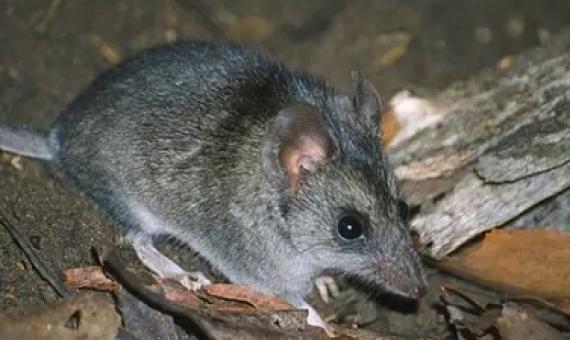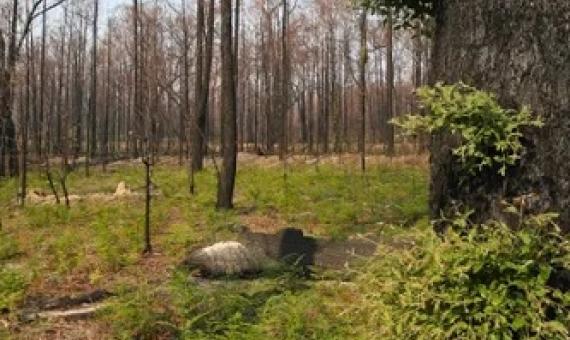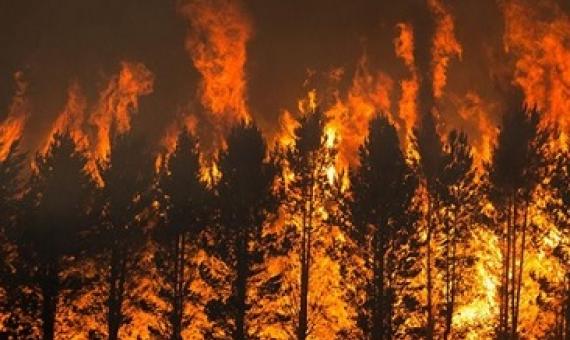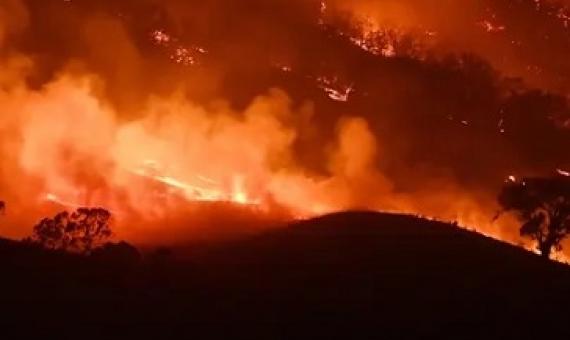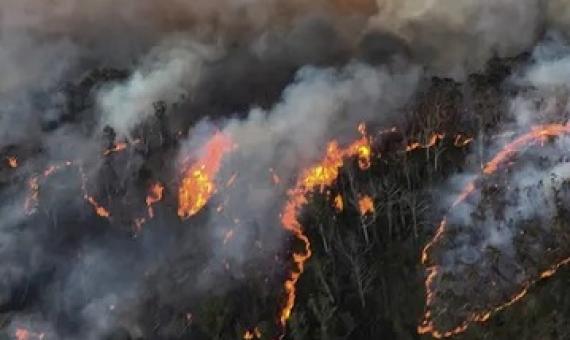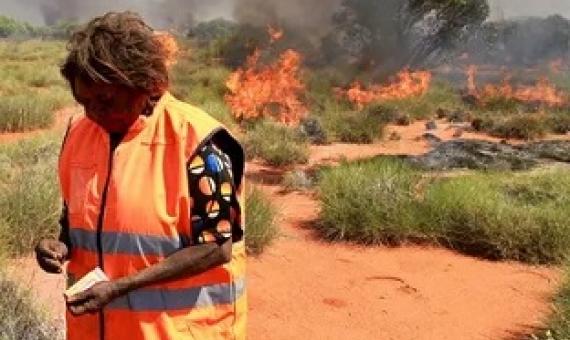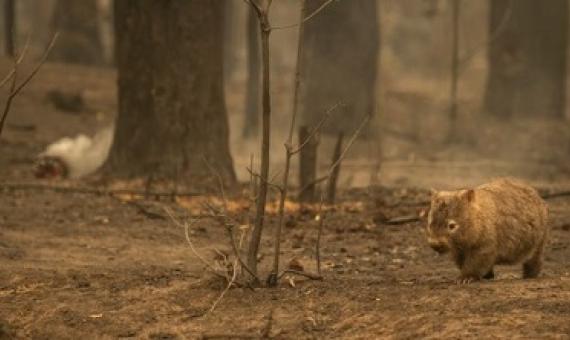In California, a changing climate has made autumn feel more like summer, with hotter, drier weather that increases the risk of longer, more dangerous wildfire seasons, according to a new Stanford-led study.
The Kangaroo Island dunnart, the northern corroboree frog and the Blue Mountains water skink are among 113 species that need urgent attention after the bushfire crisis, according to a government analysis.
Australians are being asked to join a mass citizen science program to photograph how the nation’s habitats and wildlife are responding in the wake of the unprecedented bushfire crisis.
Researchers have started an attribution study to determine how much global warming is to blame for the blazes that have ravaged the continent...The work is being led by researchers in Europe who have conducted multiple rapid analyses of global warming’s role in extreme events.
World leaders and business chiefs meeting in Davos this week will be confronted for the first time with an agenda on which the climate and ecological crises take top billing.
The bushfires ravaging Australia are a clear sign of what is to come around the world if temperatures are allowed to rise to dangerous levels, according to scientists...Average temperature rises in Australia were about 1.4C above pre-industrial levels before this season’s fires, showing
At least 80% of the Blue Mountains world heritage area and more than 50% of the Gondwana world heritage rainforests have burned in Australia’s ongoing bushfire crisis.
Much of northern Australia is owned and managed by Indigenous people, now in many parts by carefully and skilfully organised Indigenous ranger groups. Fire is, and always has been, part of the interwoven matrix of the relationships between people and the physical and spiritual world.
As disastrous bushfires continue to grip much of the country, causing loss of lives and homes, claims persist that not enough has been done to manage bushland to mitigate fire risk.
Australia is in the grip of its worst wildfire season on record. The human death toll stands at 27, and some 2,000 homes have been destroyed across more than 10 million hectares of land — an area larger than Portugal. An estimated 1 billion wild mammals, birds and reptiles have perished.

